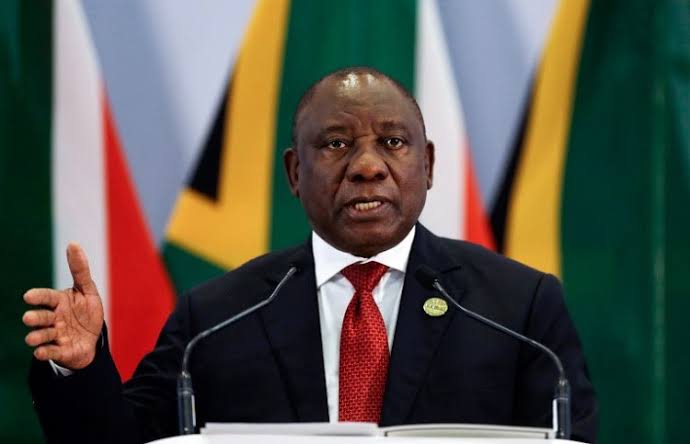South Africa’s National Development Plan is Failing
There are indications that South Africa is set to miss all but one of the 2030 development targets the National Planning Commission set just over a decade ago.
Of nine targets set in the National Development Plan, ranging from employment to investment, five measures have deteriorated from their baseline, one is unchanged and three have improved, the commission said in a 10-year review on the progress of the plan. Still, of the three that improved only one is ahead of the target set.
“Economic growth has been stagnating, investment restrained, employment declining relative to a growing population, and poverty and inequality consequently remaining entrenched,” the commission said. “There is a greater need for the state to work closer with the private sector.”

The commission was established to advise the president and cabinet on long-term development goals as South Africa struggled to overcome the challenges of inequality, poverty and unemployment that the government has blamed on the legacy of apartheid.
read also Webafrica to Buy Mweb from Dimension Data
While South Africa made significant gains in growing its economy and reducing unemployment between 2000 and 2008, much of that progress unravelled during the nine-year tenure of President Jacob Zuma, which ended in 2018. The government estimated that during his term in office, at least R500-billion was stolen from state coffers. He has denied wrongdoing.
In its report, the commission listed the progress, or lack of, made towards the targets between 2012 and 2022.
In 2011 the economy expanded 3.3% and in recent years has fallen well short of a 2030 target of 5.4% growth. Unemployment surged to 32.9% against a target of 6% and a level of 25.4% in 2011. Investment, or gross fixed capital formation, as a percentage of GDP, has fallen to 14.1% from 19.4% while a target of 30% was set.
Progress has been seen in boosting the labour force participation rate to 59.4% from 55.4% putting it ahead of the target of 56.6%.
The employment number has also risen to 16.1 million from 13.6 million, against a 2030 target of 24 million, but that increase has come as the population expanded.
read also Mali Fintech SAMA Money Acquires Bank After Securing Operational License
Particularly stubborn has been the Gini coefficient, a measure of inequality, which hasn’t shifted from 0.69 against a target of 0.60. South Africa is the most unequal country in the world for which data is available, according to the Thomas Piketty-backed World Inequality Lab.
Kelechi Deca

Kelechi Deca has over two decades of media experience, he has traveled to over 77 countries reporting on multilateral development institutions, international business, trade, travels, culture, and diplomacy. He is also a petrol head with in-depth knowledge of automobiles and the auto industry

